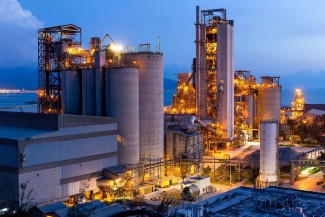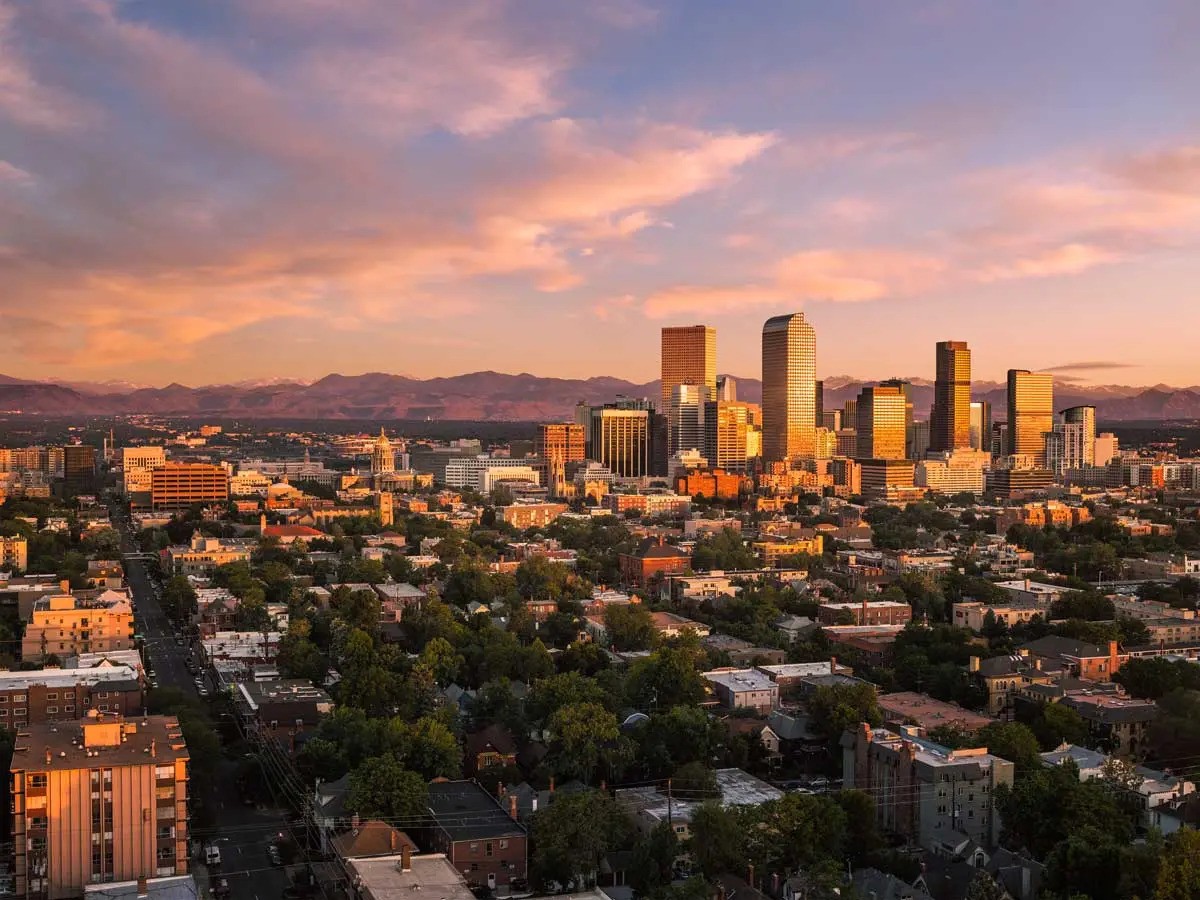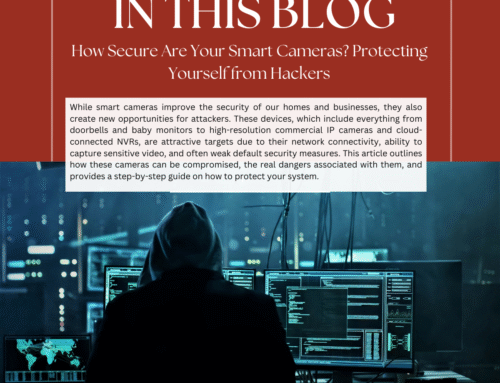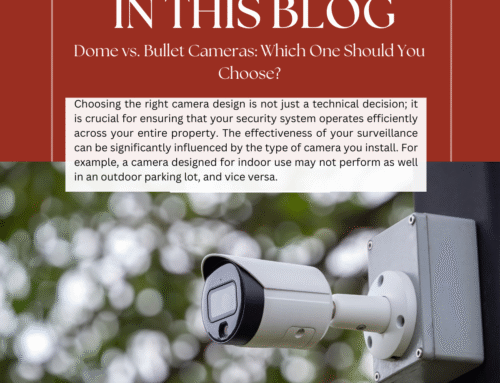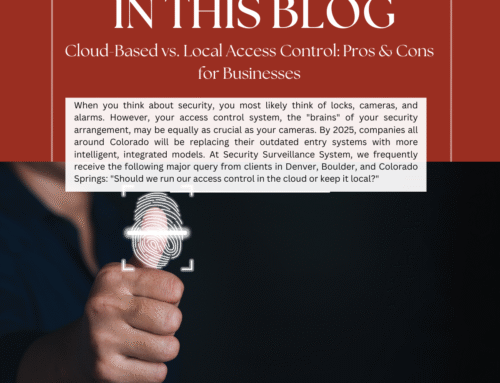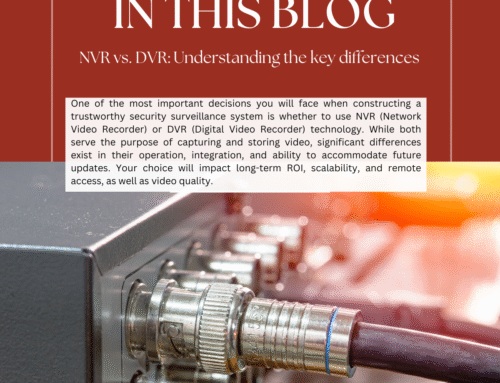The Role of Facial Recognition in Modern Security
The Role of Facial Recognition in Modern Security
Every year, the complexity of security threats continues to rise. Organizations, property managers, and even homeowners are increasingly adopting modern technologies that go beyond traditional keycards and PINs to address these challenges. One of the most effective methods is facial recognition, which offers an automatic and contactless way to verify individuals and secure private spaces.
At SSSCamera, we have seen firsthand how facial biometric security has evolved from a concept in science fiction to a practical solution used for verifying identities at airports and unlocking devices. This tutorial outlines the primary advantages and disadvantages of facial recognition technology, as well as how SSSCamera can assist your company or property in implementing it safely.
What is facial recognition, and how does it work?
Facial recognition is a biometric technique that identifies or verifies a person by analyzing distinct facial features, such as the distance between the eyes or the shape of the jawline. The system compares the “faceprint” generated to a secure database. The typical security pipeline for facial recognition involves the following steps:
- Detection: Identifying a face (or multiple faces) in an image or live stream.
- Alignment: Adjusting scale and orientation to enable consistent analysis.
- Feature Extraction: Creating a mathematical representation of facial landmarks, or the “faceprint”
- Matching: Comparing the representation to known faces to confirm or identify individuals.
- Decision & Output: Documenting the occurrence, triggering notifications, or granting or denying access.
To ensure accuracy and resist fraud, modern systems incorporate liveness detection, deep learning, and anti-spoofing techniques.
The Development of Facial Recognition Technology
Early systems developed from the 1980s to the 1990s were based on simple geometry. Today, thanks to powerful convolutional neural networks, large datasets, and edge computing, the accuracy of these systems has surpassed 99% in controlled environments. Key trends in facial recognition technology include:
- Liveness and Anti-Spoofing: Addressing risks such as deepfakes and masks.
- Multi-Modal Biometrics: Combining facial recognition with voice, fingerprint, or iris data.
- Anonymization and Local Processing: Prioritizing privacy in system design.
- Regulation Compliance: Adhering to laws like the EU AI Act or GDPR.
Key Applications of Modern Security
-
Facility Security and Access Control:
In gated communities, data centers, apartment buildings, and secure labs, contactless facial biometrics can replace keycards and PINs, reducing risks such as tailgating and lost credentials.
-
Law Enforcement and Surveillance
Facial recognition can help locate missing individuals or identify suspects by comparing recorded or live footage to watchlists. SSSCamera emphasizes transparency and privacy compliance in these sensitive applications.
-
User Authentication and Cybersecurity:
Adding facial recognition to multi-factor authentication enhances security for financial approvals and digital logins.
-
Critical Infrastructure and Border Control:
Protecting restricted areas like data centers or power plants while streamlining identification verification at checkpoints.
-
Fintech, Banking, and Retail:
Banks and retailers are exploring face-as-payment and identity verification systems for purposes ranging from loss prevention to recognizing VIP clients.
Security Benefits of Facial Recognition
- Contactless and Quick: Eliminates the need to handle badges or touch shared surfaces.
- Automated and Scalable: Monitors multiple entry points or camera feeds with minimal human intervention.
- Accurate and Auditable: Generates timestamped logs for compliance and achieves high accuracy.
- Unified Security: Integrates analytics, access control, and alert systems.
- Deterrence: The noticeable presence of facial recognition discourages unauthorized access attempts.
Industry insight reveals that 80% of customers are more likely to engage with businesses that prioritize robust identification verification, with the global facial recognition market projected to surpass $6.9 billion by 2024.
Challenges and Ethical Concerns
Despite its strengths, facial recognition technology is not without challenges:
- Real-World Accuracy: Performance may be affected by factors like lighting, motion blur, masks, and demographic differences.
- Privacy Risks: It is essential to prevent issues like “function creep,” data breaches, and unwarranted surveillance.
- Security Vulnerabilities: Advanced liveness detection and monitoring are required to prevent spoofing, adversarial attacks, and backdoor access.
- Regulatory Compliance: Compliance with stringent regulations such as the EU AI Act (Artificial Intelligence Act), GDPR (General Data Protection Regulation), and BIPA (Biometric Information Privacy Act) is critical, as some regions have even banned facial recognition in public areas.
- Social Acceptance: Transparency is essential, as surveys indicate varying levels of public trust in the technology.
Principles of Responsible Deployment
At SSSCamera, we guide our clients in the responsible deployment of facial biometrics by following industry best practices:
- Combine facial recognition with additional factors (e.g., cards, PINs) for critical areas.
- Adjust performance thresholds and train systems using diverse datasets.
- Implement depth sensors, infrared technology, and liveness detection to prevent spoofing.
- Encrypt data both in transit and at rest to enhance security.
By adhering to these principles, we can leverage the power of facial recognition technology while addressing its challenges responsibly.
How Facial Recognition Is Integrated
SSSCamera is an expert in smart access control and security surveillance solutions in Colorado and beyond. We provide:
- Integrated Packages: Facial recognition modules are included with high-resolution security cameras.
- Smart Access Control: Face biometric-based door controls, turnstiles, and building-access systems.
- Vendor Partnerships: To ensure high accuracy and anti-spoofing, we work with reputable algorithm suppliers.
- Customization & Training: Establishment, adjustment, formulation of policies, and employee education.
- Ethics & Compliance: We assist you in adhering to privacy and biometric data regulations.
- Case Studies & Support: Current updates, audits, and defense enhancements in addition to real-world instances.
Future Outlook
Expect to see:
- Biometrics that protect privacy, such as cancelable templates and federated learning.
- To lessen dependency on central databases, use On-Device Recognition.
- Improved defenses against hostile assaults and deepfakes.
- More open systems and stricter regulations.
- Wider usage in emerging markets, as well as integration with IoT and smart cities.
Long-term success will depend on how well individual rights and innovation are balanced.
Frequently Asked Questions
Q1: What is a security system face recognition?
Answer: This biometric technology enables automatic access control and real-time alerts by detecting and matching facial features captured by cameras to pre-existing templates.
Q2: What is facial recognition accuracy?
Answer: While top systems may perform less effectively in various real-world situations, they can achieve over 99% accuracy in controlled environments.
Q3: What advantages does facial recognition offer?
Answer: Benefits include contactless authentication, detailed audit trails, streamlined processes, reduced human error, and the capability to integrate with additional security measures.
Q4: What risks are associated with facial recognition?
Answer: Poor implementation may lead to privacy violations, biases, spoofing attempts, and noncompliance with regulations.
Q5: Is it possible to bypass facial recognition?
Answer: Yes, it is possible, but the risk is significantly minimized through advanced liveness detection and anti-spoofing technologies, such as those supported by SSSCamera.
Q6: Is the use of facial recognition legal worldwide?
Answer: No, laws vary by region. Several jurisdictions have strict regulations or outright bans on biometric data usage.
Q7: How can businesses implement facial recognition safely?
Answer: Companies should use hybrid authentication methods, minimize the data collected, audit and encrypt systems, comply with privacy laws, and establish contingency plans.
Q8: What are the costs associated with implementing facial recognition?
Answer: The cost depends on the project scope, including computation, hardware, software, and ongoing maintenance and training.
Q9: How does SSSCamera.com support facial recognition?
Answer: We assist with responsible adoption through case studies, audits, software integration, hardware solutions, training, and promoting transparency.
Q10: What is the future of security face recognition technology?
Answer: The future includes the use of multimodal biometrics, enhanced performance, privacy-first design, and broader market adoption in both developed and emerging economies.
Conclusion:
From its origins in science fiction to its current role in modern security, facial recognition technology has come a long way. When implemented correctly, it offers enhanced safety for both digital and physical spaces, along with increased speed and automation. However, improper implementation can raise significant concerns regarding privacy, bias, and accuracy.
At SSSCamera.com, we aim to help homeowners, property managers, and businesses safely leverage the potential of facial recognition technology. Our experts are available to assist you from consultation to installation, whether you are exploring enterprise-level surveillance systems, enhancing smart access control for a residential community, or upgrading a commercial security system in Denver.

